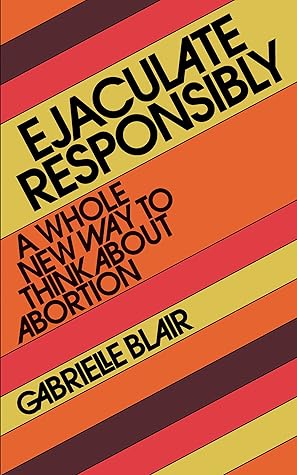You may be surprised to learn that the way women take the Pill is unnecessarily complicated. In a piece for The Conversation called “The way you take the contraceptive pill has more to do with the Pope than your health,” Susan Walker details some of the history of the Pill, including how birth control pills simulate a menstruation schedule. How so? Standard birth control pills are taken for twenty-one days, followed by a seven-day break, during which the woman takes a sugar pill or placebo (seven of the placebo pills come in the standard Pill pack of twenty-eight) and experiences vaginal
You may be surprised to learn that the way women take the Pill is unnecessarily complicated. In a piece for The Conversation called “The way you take the contraceptive pill has more to do with the Pope than your health,” Susan Walker details some of the history of the Pill, including how birth control pills simulate a menstruation schedule. How so? Standard birth control pills are taken for twenty-one days, followed by a seven-day break, during which the woman takes a sugar pill or placebo (seven of the placebo pills come in the standard Pill pack of twenty-eight) and experiences vaginal bleeding. So women who take the pill have what seems like a “period” each month. But this “period” is manufactured and isn’t even a little bit necessary. When a person stops taking the Pill for a week and takes the placebo instead, hormone levels drop, which causes the lining of the uterus to shed. But it’s not the same as menstrual bleeding—the body isn’t flushing out an egg—and technically, this “period” is called withdrawal bleeding. Apparently, the seven-day break and its fake “period” was designed into the Pill as an “attempt to persuade the Pope to accept the new form of contraception as an extension of the natural menstrual cycle.” This attempt did not succeed, and the current Pope continues to forbid contraception in most cases. But the seven-day “break” is still a part of the Pill, and this unnecessary complication increases the chances for mistakes—mistakes that increase the risk...
...more
This highlight has been truncated due to consecutive passage length restrictions.


